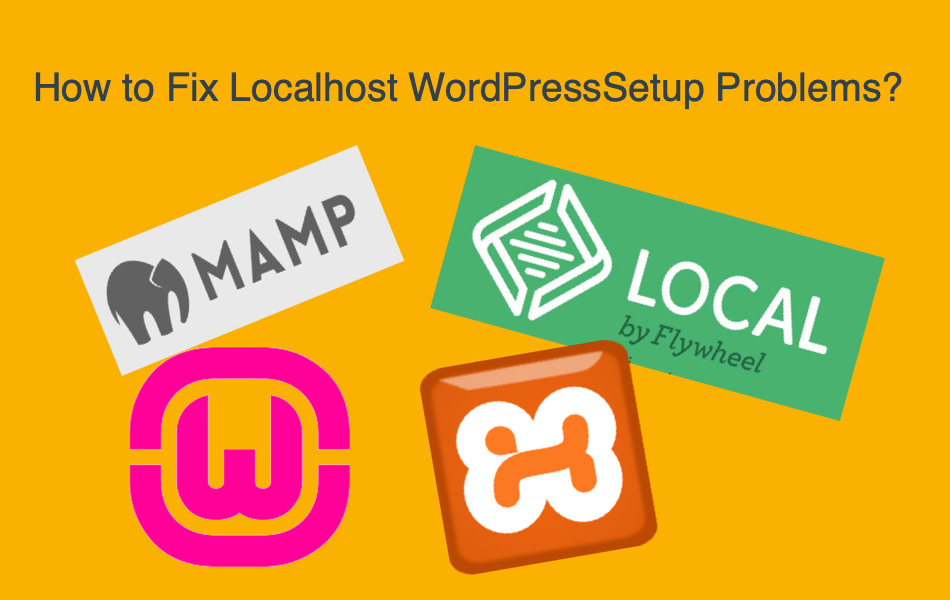The Third Industrial Revolution that started in the 1950s brought semiconductors, mainframe computing, personal computing, and the Internet into our midst. It continues to change the world around us. We are now at the threshold of the Fourth Industrial Revolution, with its own distinctive and transformative appeal- backed by unlimited, seamless, always ON internet access, predictive and prescriptive, almost human-like AI relying on the capabilities of 5G eCommerce.

What is 5G?
With 5G technologies, the horizon for mobile technology has been expanded beyond what the 4G technology can offer. In contrast to 4G, 5G offers dramatically faster data transmission speeds, therefore opening up many new services and capabilities that were unimaginable before. As a result, a paradigm shift will be brought about to visualize the transformative aspects of technology across industries and our daily lives.
4G vs 5G: what is the difference between 4g and 5g?
| 4G | 5G | |
| DataRate | Between 5 and 12 Mbps | 100X – 10 gigabits per second |
| Latency | 200 microsecond | One millisecond |
| Millimeter-Wave Spectrum | Supports 4000 devices per sq km | Supports 1 million devices per sq km |
| Speed | 100 Mbps | 10,000 Mbps |
| Internet of Things (IoT) device performances | Current standard | The battery life of low power devices will increase by up to 10 years |
5G and eCommerce: How does 5G benefits eCommerce?
Increased User base, greater engagements :
Adobe Digital Insights report “A Mobile-First World” points to potential revenue growth of $12 Billion for Mobile Commerce for retailers in the next three years. This is because more people will be able to adopt new technologies when we remove the technological barriers. There is also tremendous growth potential in countries with low smartphone penetration, such as India and China, taking into account their population size.
Better Customer Centricity and Personalization:
Understanding Customer needs is at the crux of eCommerce and retailing raison-d’etre. By utilizing Product recommendation engines, AI tools like chatbots, and virtual personal assistants, virtual mirrors can offer better customer service by answering FAQs, recommending products or services, visualizing products in 3D, etc. Even during peak periods, many concurrent users can connect, download, and interact with these AI assistants at unbelievable speed and dependability. Providing unique and personalized recommendations to each customer will improve Customer Experience (CX). In-store or online, consumers want an experience that is quick and easy. According to the latest NRF study, more than three in five consumers say that technology is used in retail and that innovation in retail leads to better shopping experiences. When shopping online, 80% of customers say the same, compared to 66% when shopping in a store. As a result, businesses need to develop a customer-centric way of thinking about improving the buying and shopping experience.
Augmented Reality, Virtual Reality, and Wearable tech:
5G will lead to the growth of VR/AR, which is predicted to rise to $80 b by 2025, according to Goldman Sachs. 5G will improve AR/VR with better performance, less buffering, lags, and even better content creation. As 5G enables high-speed data transfers at extremely low latencies and better battery life, we can expect better performance in intelligent wearables. In this context, both consumers and retailers can benefit from personalized and contextual information provided via wearable devices. VR and AR experiences require extremely low latency that a 4G network cannot offer, particularly when it comes to high fidelity virtual, 3D images, instantaneous communications, and experiences. Using the capabilities of 5G, retailers can better engage their shoppers within the virtual environment setup as they strive for better shopping experiences. For example, it will be great to see realistic images of products that can be zoomed in, viewed in your own room, and used interactively. Using Virtual Reality orchestration tools, retailers can deliver curated shopping experiences to customers that bridge the physical gap – browse, buy, save, and get notified all from the comfort of their homes. Virtual and Interactive Smart Mirror can provide a realistic augmented reality experience for e-commerce shoppers. It will be highly effective for high return categories like Apparel, Shoes, Jewelry, and Cosmetics where the fit and size are most important. And retailers can also collect valuable product insights from the interactive tools- thereby improving CX, personalization, and better sales conversion.


